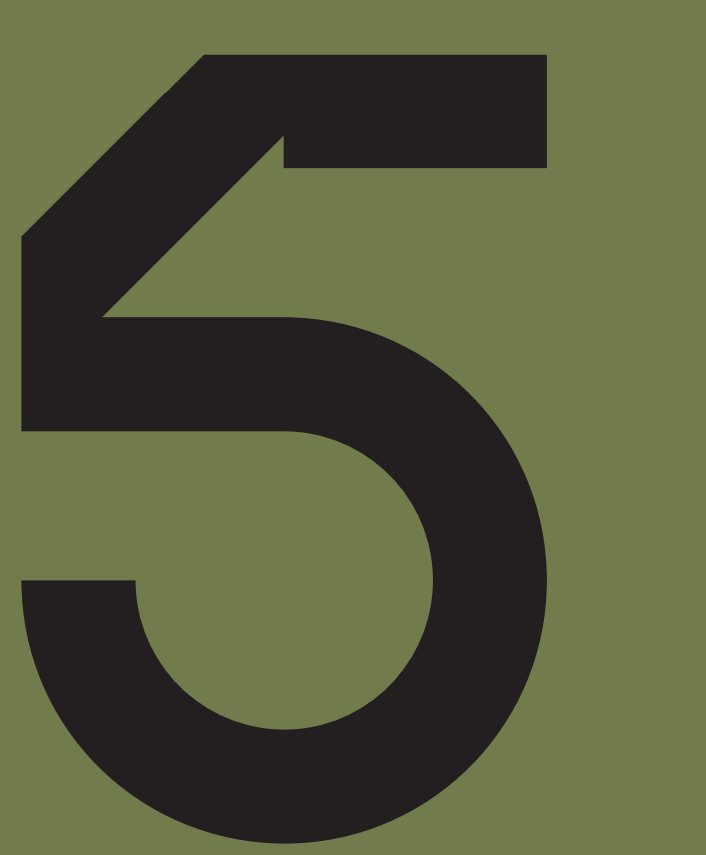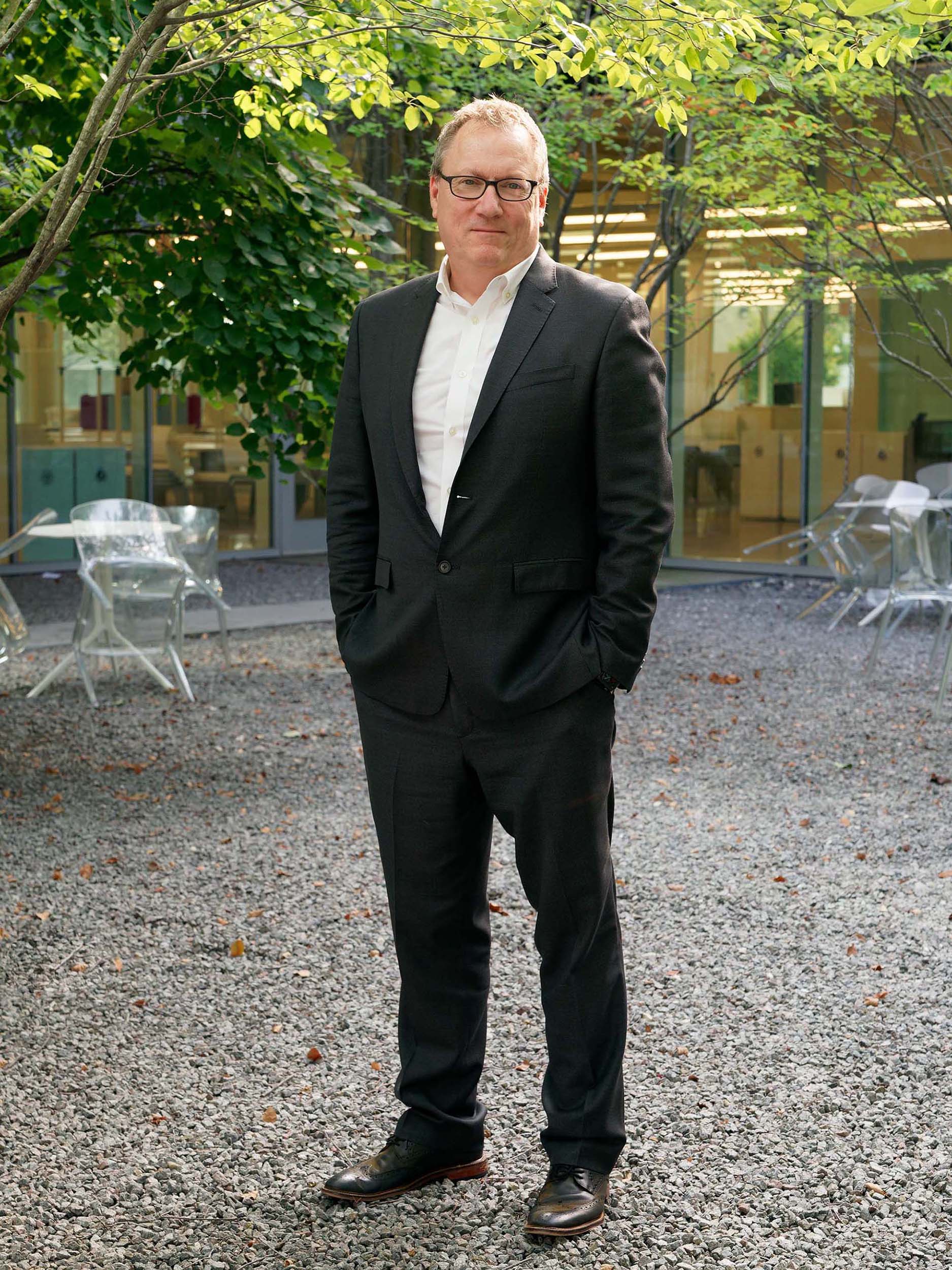Urgent Organizational Challenge 5

Organizations need to demonstrate their values.
Today’s consumers prioritize brands that demonstrate social responsibility through sustainability and representation.
The Opportunity to Demonstrate Values
While business knows that brands need to convey social responsibility across our varied global community, many organizations still lack the diversity within needed to inform that effort.
As designers, we are trained to design for people other than ourselves, to put ourselves in others’ shoes. People adept in humanity-centered design look through an ethical lens when proposing solutions. Still, to strengthen this aspect of their work, organizations must also work to build more diverse project teams internally.

Take Responsibility: Lead with Purpose
Insist on diversity. Forming diverse teams in terms of expertise, race, and gender is a baseline requirement. For an organization to keep pace with changes in the population, every project team must have diverse perspectives. Notably, π-shaped designers, grounded in design skills, are ever-curious about user needs, desires, and routines, and they are also beholden to tech and business requirements.
An expansive thinker, adept in the art of granting consumer wishes, the π-shaped designer is uniquely positioned to help the organization anticipate and meet varied consumer preferences.
Maximize the potential of designers within your organization. Training, mentorship, and elevating designers to their fullest potential all require care and attention. One key issue right now is the limited scope for career progression within the design field, where the lack of codification and defined roles creates uncertainty and imposter syndrome among professionals. Furthermore, there is often a disparity in skill sets between design production/craft and design strategy/research, which necessitates the hiring of craft-oriented individuals and providing them with training in strategic aspects.
Implement supportive training programs tailored to different career levels. These programs can include one-on-one mentorship, group collaborations, and skill-specific workshops. By offering a diverse range of support mechanisms, organizations empower designers to enhance their skills and knowledge continuously.

Peter Zapf
Director of Partnerships and Strategic Initiatives
Are you interested in understanding where design is heading next? Let’s think together.